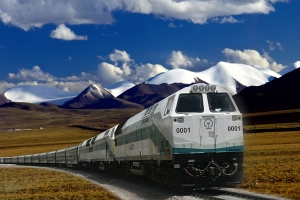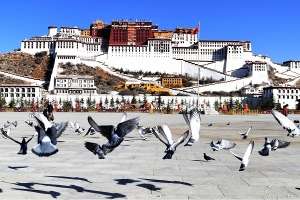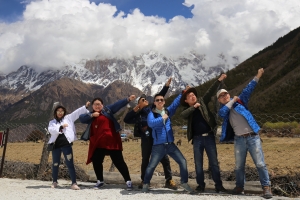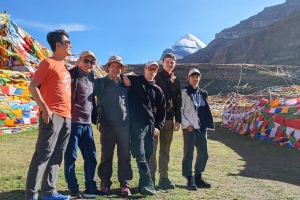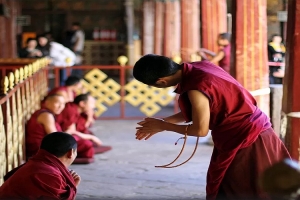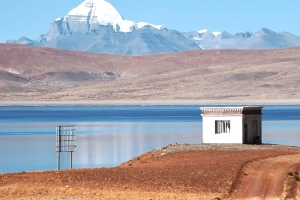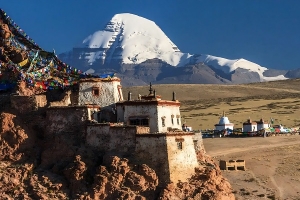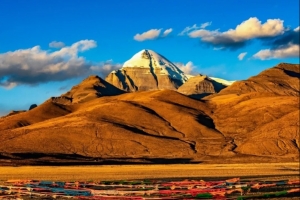Tucked high on the Tibetan Plateau, Everest Base Camp (EBC) on the northern face of Mount Everest offers an experience like no other. Unlike the trekking approach on the Nepali side, the Tibetan EBC is accessible by vehicle, leading you through vast Himalayan landscapes, ancient monasteries, and timeless Tibetan culture. But this journey isn’t as simple as booking a flight and hopping in a car—visiting EBC in Tibet requires planning, patience, and preparation. Here’s a comprehensive guide for first-time visitors looking to stand in the shadow of the world’s highest peak.
Understanding the Tibetan Side of EBC
Unlike Nepal’s EBC, which demands a multi-day trek, the Tibetan EBC is reachable by road—an advantage that draws travellers wanting Everest without the boots-and-blisters commitment. That said, it still sits at over 5,000 metres above sea level, and the route cuts through high-altitude passes, remote valleys, and some of the most dramatic scenery on Earth.
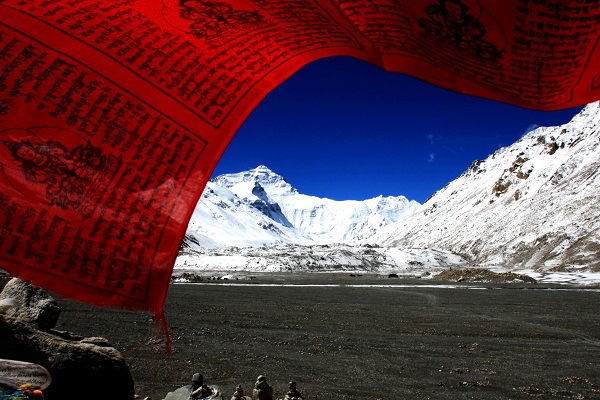
The base camp area itself is located near Rongbuk Monastery, the highest monastery in the world, and the surrounding terrain is stark but powerful. Weather permitting, the views of Everest’s north face are unparalleled, and the sheer scale of the mountain from this vantage is humbling in a way that photos will never quite capture.
Acclimatisation and Altitude Considerations
The biggest challenge you’ll face on this journey isn’t the terrain—it’s the altitude. Lhasa, your likely point of entry, is already at 3,650 metres, and the route to EBC climbs steadily from there. Altitude sickness (Acute Mountain Sickness or AMS) is a real concern, and should be taken seriously.
Travellers are strongly advised to spend at least three days in Lhasa to acclimate before heading west toward Everest. Symptoms of AMS include headaches, nausea, shortness of breath, and fatigue. Medication like Diamox (after consultation with a doctor) may help, but the most effective approach is gradual ascent and plenty of rest.
Hydration is key, and so is a slow pace. Avoid alcohol, stay warm, and don’t push yourself unnecessarily—altitude is an equal-opportunity troublemaker, and even fit individuals can succumb if they ascend too fast.
Permits and Travel Requirements
Independent travel in Tibet is not allowed for foreigners. All visits must be organised through a registered Chinese travel agency that will arrange your tour, permits, vehicle, driver, and guide.
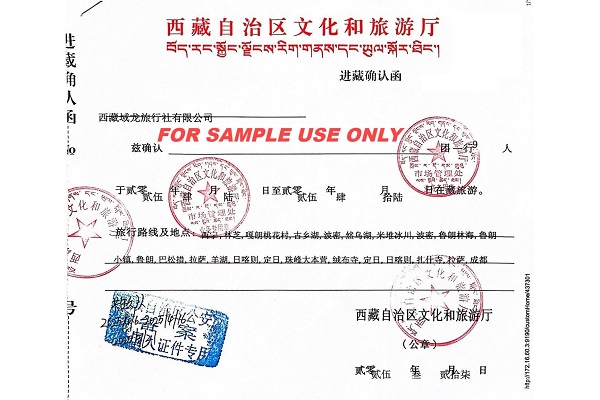
The main documents you’ll need include:
-
Tibet Travel Permit (TTP): Required for entering Tibet, issued only through a tour agency. Free Application and Consultation is Right Here.
-
Aliens’ Travel Permit (ATP): Required for travelling outside Lhasa to restricted areas, including EBC.
-
Military Permit: Occasionally needed for specific regions, though your agency will manage this if applicable.
-
Chinese Visa: You must have a valid Chinese tourist visa before applying for the TTP.
It’s important to note that permits often take 10–15 days to process, so planning well in advance is essential.
Route to EBC and Key Stops Along the Way
The most common route to EBC begins in Lhasa, travelling west through the cities of Gyantse and Shigatse. The road trip is part of the experience—it traverses high mountain passes like Karo La and Gyatso La, offering stunning views of glaciers, alpine lakes like Yamdrok Tso, and countless prayer-flag-draped hillsides.
From Shigatse, the journey continues through remote valleys before reaching Rongbuk Monastery, the final overnight stop before visiting the base camp area.

While the total distance from Lhasa to EBC is about 700 km, the drive typically takes 2–3 days depending on your itinerary and acclimatisation needs.
Accommodation at EBC: Rongbuk Monastery Guesthouse
Until recently, accommodation at EBC was extremely spartan. Today, the Rongbuk Monastery Guesthouse has undergone notable renovations, offering a more hotel-like experience.
Rooms now include:
-
Private options with en-suite toilets
-
Electric blankets or heating pads in select rooms
-
Improved toilets and limited hot water for washing
-
A dining hall with basic Tibetan and Chinese fare
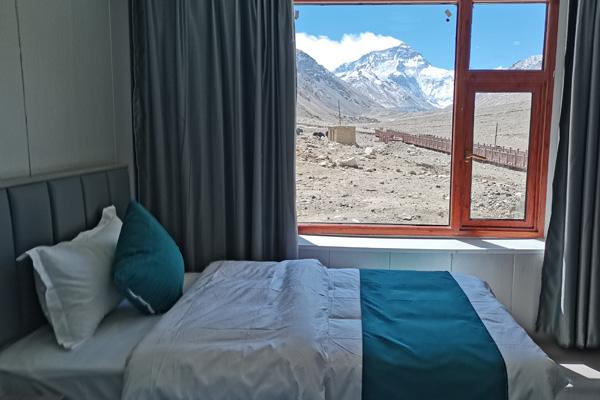
Do not expect luxury—this is still a remote outpost above 5,000 metres—but it’s significantly more comfortable than it once was. Temperatures at night are freezing even in summer, so warm clothing and a good sleeping bag are still advised.
When to Visit
The best times to visit EBC on the Tibetan side are:
-
Late April to early June: Clear skies, stable weather, and relatively mild conditions.
-
Mid-September to October: Post-monsoon clarity with crisp views of Everest and fewer tourists.
Avoid:
-
Winter (November–March): Harsh cold, snow, and road closures.
-
Summer (July–August): Monsoon season can obscure views and make travel difficult.
What to Pack
Conditions at EBC are harsh, regardless of the time of year. Pack for function over fashion:
-
Layered clothing, including thermals, a down jacket, and windproof outerwear
-
Gloves, woollen socks, and a warm hat
-
UV-blocking sunglasses and high-SPF sunscreen
-
Snacks and light food if you’re particular—Tibetan cuisine is basic
-
A headlamp or torch (power cuts are common)
-
Personal medication and altitude sickness remedies
-
A power bank, as charging opportunities are limited
Cultural Sensitivity and Local Etiquette
Tibet is not just about landscapes—it’s a spiritual realm, steeped in Tibetan Buddhism and centuries-old traditions. It’s vital to approach the region with respect and mindfulness.
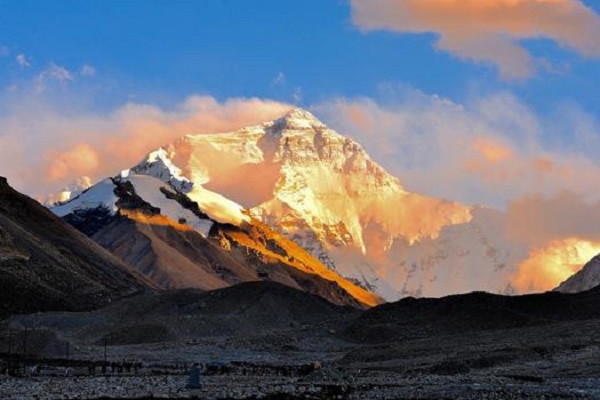
-
Always walk clockwise around monasteries, shrines, and prayer wheels.
-
Never touch religious relics or monks, and always ask before photographing people.
-
Don’t discuss politics with locals—this can place them in danger.
-
Your guide will be your cultural interpreter—listen to their advice on etiquette.
The Everest Moment
Reaching EBC, especially on a clear day, delivers a rare moment of silence and splendour. There’s no dramatic base camp with colourful tents on the Tibetan side—that’s for mountaineers with climbing permits—but you’ll stand at a designated viewing area with a perfect line of sight to Mount Everest’s mighty north face.
When the sun rises and the snow-covered pyramid turns golden, it all feels surreal. The wind bites, the air is thin, and the scenery is biblical. It’s not a glamorous luxury escape—it’s elemental, immense, and unforgettable.
Tibetan EBC is a journey best suited to those with a sense of patience and reverence. It’s less about the destination than the magnitude of the experience—the open skies, the silent valleys, and the quiet dignity of the land and its people.
You won’t leave unchanged.

